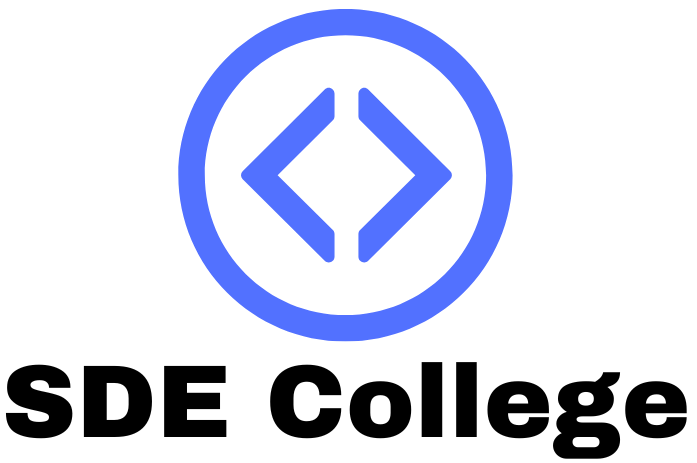How to Build a Winning Software Developer Resume and Portfolio
IntroductionDo you want to stand out from the competition as a software developer? Crafting an effective software developer resume and portfolio is essential to getting noticed. A well-crafted resume and portfolio will demonstrate your expertise and showcase your accomplishments, giving employers the confidence they need to hire you.
In this guide, we will look at how to write a software developer resume and portfolio that sets you apart from the competition. We’ll cover best practices and tips on topics such as format, content, keywords, and presentation. By the end of this guide, you’ll have a comprehensive plan in place for creating a winning software developer resume and portfolio. Let’s dive in.
The Basics of a Software Developer Resume
A software developer resume is a summary of your experience, skills, and education. It should be concise and include only relevant information. It’s important to remember that employers typically scan resumes for only a few seconds, so make sure yours is easy to read and stands out from the competition.
Formatting Your Software Developer Resume
When it comes to formatting your software developer resume, one size does not fit all. Consider the type of job or industry you’re applying to and customize your resume to fit its needs. If you are applying to a creative role, you may want to consider a more creative format such as a one-page infographic or a visual resume. However, if you are applying to a more traditional job, you should use a standard format such as a chronological, functional, or combination resume.
No matter what format you choose, keep the following guidelines in mind:
• Keep it concise. Aim for one to two pages, depending on the position you’re applying for.
• Stay organized by using headings, bullet points, and short sentences.
• Optimize readability by using clear fonts, reasonable font sizes, and ample white space.
• Proofread your resume for typos and errors.
Including Relevant Information
When writing your software developer resume, include only relevant information. Include any relevant experience and skills that demonstrate your ability to do the job. This includes internships, jobs, volunteer work, hobbies, and educational experiences. Be sure to also list any awards, certifications, or honors you’ve received.
Remember to also include software development technologies or programming languages you’re proficient in. Many employers prefer to see specific knowledge and experience listed on resumes. When referencing skills, provide a brief description of the skill and describe how you used it.
Writing an Effective Summary
At the top of your software developer resume, include a summary statement. This statement should be concise and should highlight your professional experience, skills, and accomplishments. The summary statement should grab the hiring manager’s attention. Keep it no longer than three to four sentences and avoid using cliches and generic phrases.
Using Keywords
More and more employers are using applicant tracking systems (ATS) to filter through resumes. To make sure your resume is seen, include relevant keywords throughout. This means research the job description to see which skills and technologies the employer is looking for. Then, mention or incorporate these keywords into your resume. For example, if the job description mentions they are looking for a Java developer, include that keyword in your skills section or work experience.
Adding Subtle Branding
Hiring managers want to hire people who are passionate about software engineering, so don’t be afraid to add subtle branding to your resume. Include links to your personal website and/or Github profile to show off your projects and demonstrate your proficiency. If you have a blog, LinkedIn account, or Twitter profile, consider including those as well. This will help to showcase your knowledge and promote yourself to potential employers.
Presenting Your Software Developer Portfolio
Your portfolio is one of the best ways to show employers your software development skills. It should be a collection of your best work that demonstrates your abilities. You can include projects you’ve completed, sample code, or other relevant work.
When presenting your portfolio, consider the following:
• Organize your portfolio into sections so that viewers can easily find what they are looking for.
• Include a professional and engaging introduction to let viewers know what you can do.
• Highlight your best work and focus on projects that relate to the position you’re applying for.
• Include screenshots and summaries that explain the project, its purpose, and its results.
• Keep each section concise and don’t include too much information.
Concluding Thoughts
Creating a winning software developer resume and portfolio requires time and effort. But it will be worth it in the end, as it increases your chances of being hired for the job. Remember to follow the guidelines outlined in this guide, including selecting an appropriate format, highlighting relevant information, and including keywords. And keep in mind that your resume and portfolio should show employers why they should hire you.
By following the tips outlined in this guide, you'll be on your way to crafting the perfect software developer resume and portfolio. Best of luck!












